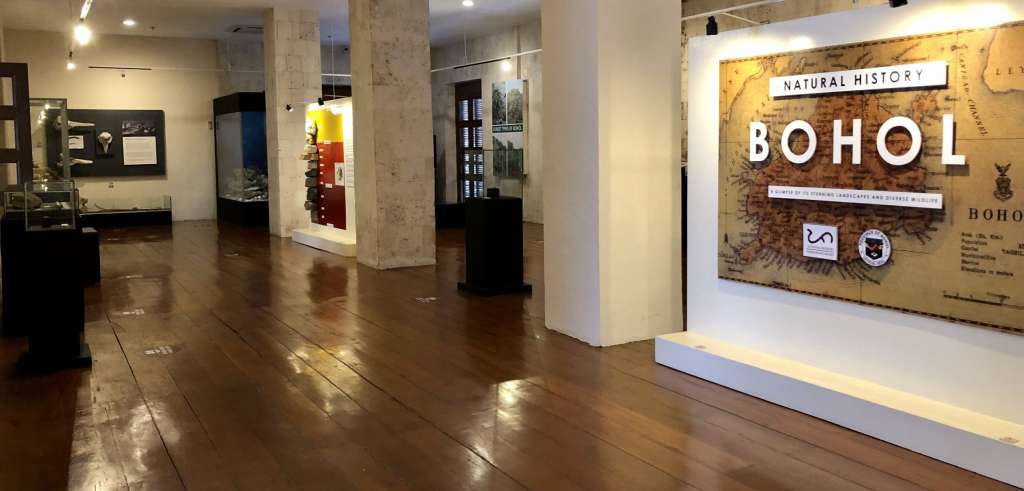The National Museum of Bohol Tagbilaran City is a Small historical museum exploring Bohol’s history with archaeological finds, anthropology displays & art displays.
The museum presents accurate and comprehensive documentation of the protection, conservation, and preservation of significant tangible movable, and immovable cultural properties of Bohol.
It also highlights the immediate methods, actions, and procedures that the government has taken to ensure that the cultural properties, which are now called the National Cultural Treasures and Important Cultural Properties, are preserved.

The museum offers well-curated artifacts from various Bohol church ruins and details the restoration efforts. It’s definitely worth the time if you’re into museums and history.
The Bohol Museum is located at the very heart of Tagbilaran City. Its actually inside the old Provincial Capitol of Bohol it is very close to other important landmarks in the area such as the city plaza and the cathedral.
Cheap International and Domestic Airline Tickets! Get a quote below!
Book online - Cebu To Bohol - Bohol to Cebu Ferrys!
How to get from Bohol to Cebu and vice-versa by ferry
There are several ferries that regularly serve the Tagbilaran-to-Cebu route. Some of these ferries are equipped with an open-air deck from where you can enjoy the journey with smaller islands dotting the sea. It's also quite safe with the staff providing safety instructions before departing the pier.Once you enter the museum, there will be an air-conditioned courtyard with miniaturized versions of Bohol’s famous heritage.
Examples of these are the towers in Panglao and Maribojoc, as well as the Baclayon church.
The courtyard also is connected to the many other galleries in the museum.
Pagbanhaw gallery highlights Bohol’s rich heritage and even those damaged by the 7.2 Magnitude earthquake of 2013. It also showcases efforts by many Boholanos to preserve their rich heritage.
Another interesting gallery found inside the museum is the Pagpauli, which shows the marvelous sculptures made by Napoleon Abueva, a renowned artist who came from Duero, Bohol.










